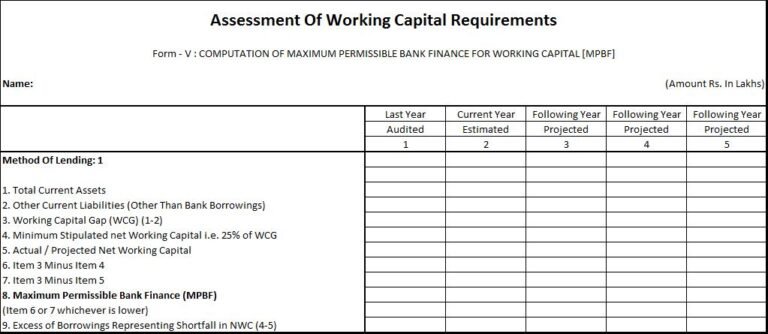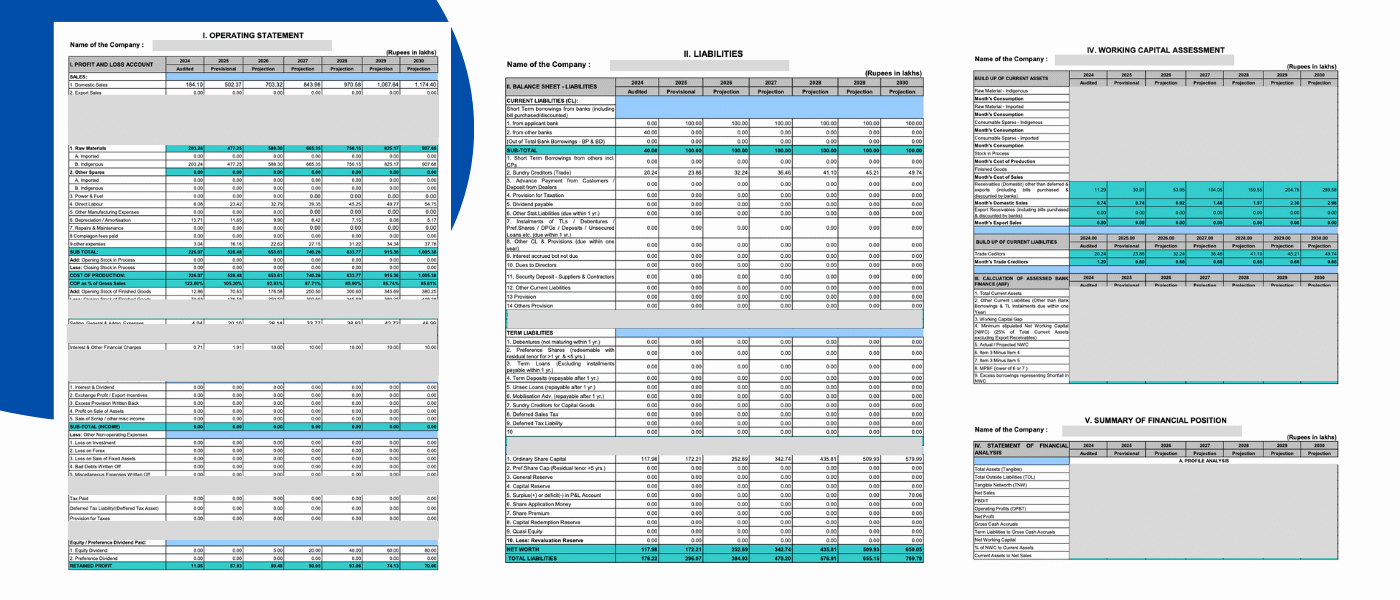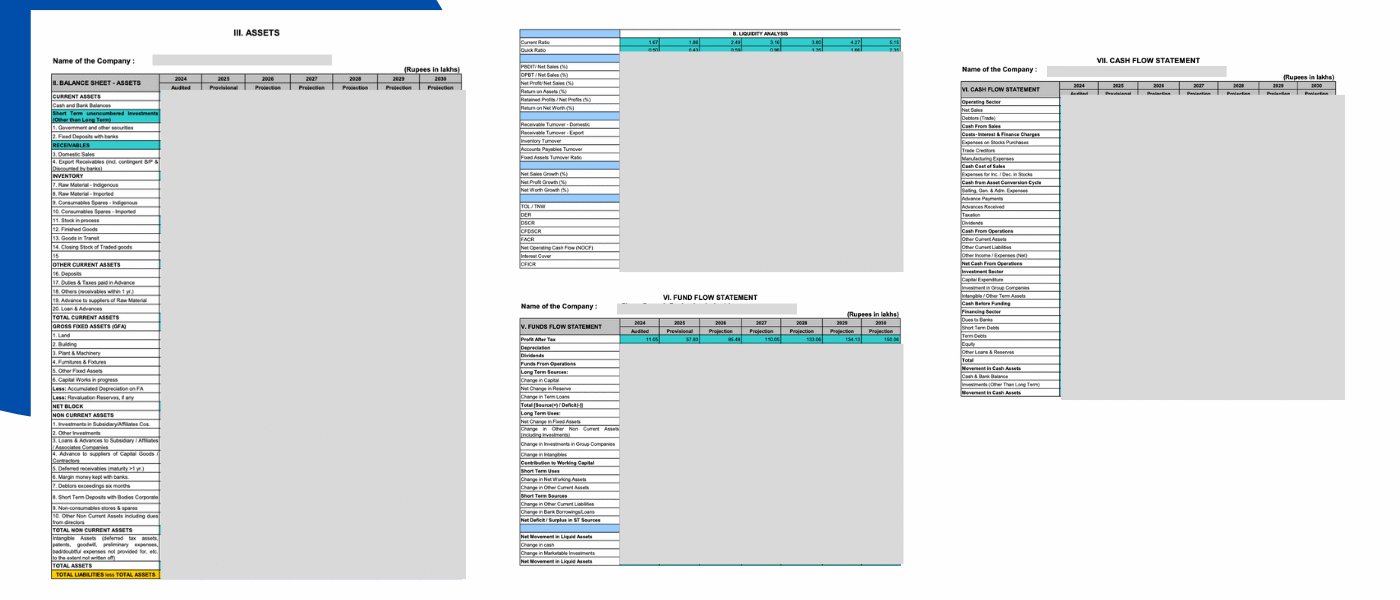At Taxfincom, we believe no financial dream should go unfulfilled due to lack of funding. That’s why we bring together the power of data, technology, and financial expertise to help individuals, SMEs, and corporates access the right credit solutions at the right time.
We offer 80+ customized loan products, powered by a smart, algorithm-based platform that simplifies comparison, analysis, and selection of the most suitable financing options. From application to disbursal, Taxfincom stays with you every step of the way—as your Personal Finance Partner.
CMA Data is a structured financial report prepared as per the guidelines of the Reserve Bank of India (RBI). It is required by banks and financial institutions to evaluate a borrower’s financial health before sanctioning or renewing loans, especially for working capital limits, term loans, or project finance.



If you are a prospective business owner, consider the basic types of private limited companies while starting a company.
Here are the key types:

This section outlines the complete picture of the borrower’s current and proposed financial exposure. It includes fund-based facilities like term loans, working capital loans, and non-fund-bāased limits such as bank guarantees or letters of credit. For each credit facility, the data covers sanction limits, utilization status, interest rates, collateral offered, and proposed enhancements. This helps banks understand how much credit the borrower has availed.

This part presents the audited financial statements of the business for the past two to three financial years. It includes key figures from the profit and loss account, balance sheet, and notes to accounts. The aim is to assess the historical stability and profitability of the business. Key trends such as revenue growth, margin improvement, or cost control are highlighted to give lenders a clear view of the borrower’s financial journey so far.

Here, the business provides estimates for the ongoing financial year based on year-to-date performance and anticipated sales and expenses. These estimates help the bank compare projections with actuals and assess whether the business is likely to meet its targets. This section bridges past performance with future expectations and often includes justifications for any deviations or significant changes.

This is one of the most critical parts of CMA Data. It includes projected income statements and balance sheets for the next several years (usually 2–5 years). These projections must be realistic, supported by industry trends, capacity planning, and business expansion strategies. They demonstrate how the borrower plans to grow, repay loans, manage profitability, and maintain liquidity. This gives the bank confidence in the viability of the borrower’s future plans.

This section shows expected cash inflows and outflows over a certain period, highlighting whether the business can meet its short-term obligations. It reflects the timing of collections, payments, and major expenses, thus helping the lender evaluate whether the loan repayments can be met comfortably from internal cash generation without stress.

Unlike the cash flow, which tracks liquidity, the fund flow focuses on the overall movement of funds within the business. It explains how working capital requirements are met—whether through internal accruals, external borrowing, or equity infusion. This part helps assess financial discipline and resource management.
A Strong CMA Report is the Foundation of Successful Loan Approval.

A well-prepared CMA (Credit Monitoring Arrangement) report offers numerous benefits to both the borrower and the lender. For the borrower, it presents a structured and professional overview of the business’s financial health, helping build credibility with banks and financial institutions. It clearly outlines the need for credit, repayment capacity, and future growth potential, which significantly increases the chances of loan approval. Moreover, by providing accurate projections and justifications, a good CMA report ensures faster processing of loan applications and better negotiation for favorable terms. For lenders, it simplifies credit appraisal, reduces the risk of default, and provides a clear framework for monitoring the borrower’s performance over time. Overall, a strong CMA report is not just a compliance document—it is a strategic tool that reflects transparency, planning, and financial discipline.

With our Data services, you gain peace of mind and the confidence to make informed decisions. Let us handle the numbers while you focus on achieving your goals.
The information provided by TAXFINCOM is for general guidance only and does not constitute financial, legal, or investment advice. Loan approvals and financial outcomes depend on third-party institutions and individual eligibility. We are not liable for any losses arising from decisions made based on our content or services. Please consult with a qualified professional before making financial decisions.
Copyright | All right Reserved | Taxfincom | Powered by Web Wonder Network